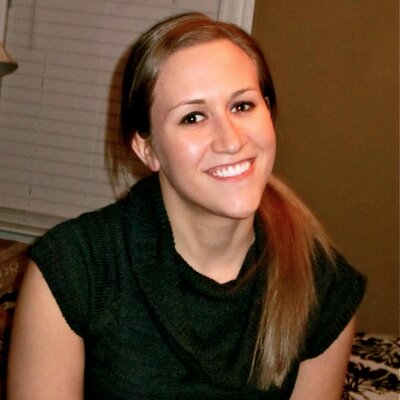Social Media Strategist Emily Stieber and her team at Henry Ford Health System recently completed an important and complex piece of their social media strategy: social media authorization forms for their clinicians so they can educate others about innovative patient treatments using their personal social media accounts.
“We started encouraging our clinicians and physicians to get on social,” said Emily. “But we quickly realized we needed to close this gap in our strategy in order to move forward with effectively onboarding them.”
She said the team hopes to build out a robust clinician social media program — and these authorization forms are the first step towards that.
According to Emily, the goal is to make sure they’re covering their clinicians from a legal standpoint and giving them the tools to effectively use social media the way they want to.
“We wanted to make sure our clinicians could utilize social to its fullest while keeping our brand in tact,” she said. “It’s important that we’re giving our physicians the tools they need to use social appropriately. This authorization form is the first tool to get us to that next step.”
The most important part of the process was being able to get the necessary people at the table, Emily said.
“We worked with legal, privacy and compliance, HR, the lead contact on the media team, as well as a few physicians and nurses.”
She said they have a quarterly social media advisory meeting with all those necessary people to discuss policies, educational initiatives, and social media content and strategy.
“We brought this gap in the strategy to them during one of those meetings,” said Emily. “Then, we brainstormed and came up with a solution.”
Ultimately, the team decided to revise an existing patient consent form to use for social media purposes.
The form they used is a standard patient authorization form that the team often uses for marketing. Emily said the choice to use the foundation of an existing form eliminated the need for multiple forms and simplified the process.
“Most of the form did not change,” she said. “It covers media, internal news, marketing, patient or medical training, our intranet, and social media sites.”
The team collaborated on an additional section of the form laying out that physicians could use patient X-rays, scans, or photos with personal identifiers on their personal professional social media pages for educational purposes.
“We’re trying to err on the side of caution and communicate that everything must have the patient’s signature so the clinicians and the hospital are covered, too,” she said.
Emily emphasized the form creation process has been a massive team effort.
“Our PR and media team contact, Dave, has led a big piece of this authorization form for marketing, and played an integral role in getting this initiative moving.”
She said having all the different specialties involved in the meetings was crucial to creating the final version of the form.
“We went through the verbiage of the new piece of the form, and we were intentional about every single word and how we phrased certain things,” she said. “Ultimately, the final product and success of the project was due to the teamwork and different perspectives everyone brought to the table.”
According to Emily, the biggest challenge they faced was knowing where to start and figuring out what the solution would be.
She said they weren’t aware of very many healthcare systems that have put an authorization form like this in place.
“There wasn’t a place to go for a manual on how to do this and get these conversations started,” she said. “Eventually the solution became clear, but originally it was daunting. The more the team worked on it, the more it became clear what next steps were needed, what verbiage was appropriate and most concise, etc.”
Now that the form is complete, the team is working on a communication and education plan.
“We’re working on educating clinicians about the new form internally but are in the very beginning stages,” she said.
They also recently worked on a document that has everything in one place for training physicians, including how to create an account on every channel, the benefits of each channel, and why social is important, said Emily.
She said they’re still in the beginning stages of the initiative but have hopes for growing the program in the future.
Emily said while something like this might seem like a big undertaking, you have to start somewhere.
“Determining where to start can be challenging but making sure you have the right people at the table can make a big difference. As soon as you get the right team together, the rest will fall into place.”
